It’s difficult to believe that Barbados, a stunning island renowned for its breathtaking beaches and dynamic culture, is also susceptible to the wrath of hurricanes.
In this in-depth blog post, we’ll examine the effects of hurricanes on Barbados and how the island has, over the years, dealt with and adjusted to these natural calamities.
We’ll also discuss examples of significant hurricanes in the past and how they’ve shaped the island’s history and infrastructure.
Bajan people have experienced many hurricanes throughout its history, but these are some of the most notable Barbados hurricanes:
The Great Hurricane1780UnspecifiedSeverely damaged agriculture and infrastructure, killed hundreds
Hurricane Janet1955Category 3Extensive damage, claimed over 30 lives, left thousands homeless
Hurricane Tomas2010Category 2Caused flooding, landslides, and infrastructure damage
The Science of Hurricanes in Barbados
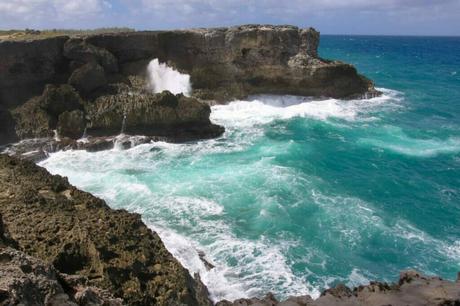
Before diving into the impact of hurricanes on the island, let’s quickly understand the science behind these powerful storms.
Barbados is situated in the Atlantic hurricane belt, making it susceptible to these tropical cyclones. Hurricanes are formed over warm ocean waters and are fueled by the heat and moisture they absorb.
Although Barbados experiences its busiest months in August, September, and October, the Atlantic hurricane season officially lasts from June 1 to November 30.
Historical Impact of Hurricanes on Barbados
Barbados has weathered many storms throughout its history, with some leaving lasting scars on the island. Some notable hurricanes include:
- The Great Hurricane of 1780: This hurricane, one of the worst in the area, tore through the Caribbean, particularly Barbados, wreaking havoc and killing hundreds of people. The hurricane severely damaged the island’s agricultural sector and infrastructure.
- Hurricane Janet (1955): This Category 3 hurricane caused extensive damage to Barbados, claiming more than 30 lives and leaving thousands homeless. It was the first hurricane in the Atlantic basin to be given a name, and as a result of the destruction it caused, Barbados now has a regional meteorological center.
- Hurricane Tomas (2010): Although not a direct hit, the outer bands of Hurricane Tomas affected Barbados, causing flooding, landslides, and infrastructure damage. The hurricane exposed the island’s susceptibility to them and the need for better preparation.
Infrastructure and Building Resilience
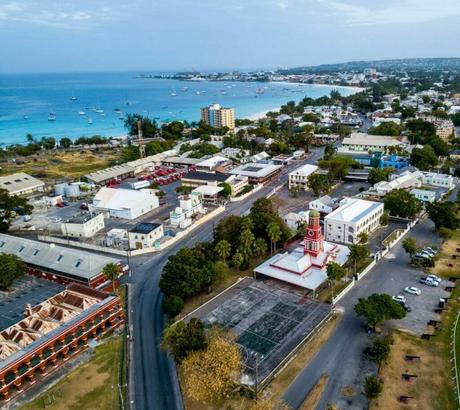
Barbados has learned valuable lessons from past hurricanes and has made significant strides in bolstering its infrastructure and resilience against these natural disasters. Here are some key steps taken by the island:
Building codes
Barbados has implemented stringent building codes that emphasize hurricane-resistant construction techniques. Many buildings on the island now feature reinforced concrete, steel framing, and hurricane shutters to withstand high winds and flying debris.
Disaster preparedness
The Department of Emergency Management (DEM) was established by the Barbados government to manage disaster response and create thorough disaster preparedness strategies. This includes regular drills, public education campaigns, and the establishment of emergency shelters.
Early warning systems
Barbados has invested in advanced meteorological equipment and satellite technology to monitor weather patterns and provide timely warnings of approaching storms. This has significantly improved the island’s ability to prepare and respond to hurricanes.
The Economic Impact of Hurricanes

Hurricanes can have a significant economic impact on Barbados, primarily through losses in the tourism and agricultural sectors. For instance, the aftermath of a hurricane may lead to:
Decreased tourism
Hotels, restaurants, and other establishments may temporarily close as a result of severe weather, which may result in lost sales and employment losses. Additionally, the negative perception of the island as a hurricane-prone destination can deter potential tourists.
Agricultural losses
When crops and cattle are destroyed by hurricanes, the island’s food supply and economy might suffer both immediately and over time. For example, the sugarcane industry, a major contributor to Barbados’ economy, can be severely impacted by hurricanes, as seen in the aftermath of the Great Hurricane of 1780.
Hurricane Forecasting Improvements
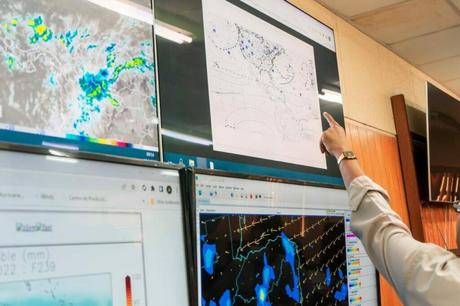
Advancements in hurricane forecasting have played a significant role in helping Barbados better prepare for and respond to these powerful storms.
Some notable improvements in hurricane forecasting include:
Satellite Technology
The use of advanced satellite technology has revolutionized the way meteorologists monitor and track hurricanes.
More precise and timely projections of a hurricane’s path, intensity, and potential effects are made possible by high-resolution satellite photos and data, providing communities and authorities with vital information for planning and responding.
Computer Modeling
Modern computer models have significantly improved the accuracy of hurricane forecasts.
These models can offer a better understanding of a storm’s development, movement, and potential effects by modeling various atmospheric conditions and causes. As a result, decision-making by the authorities about resource allocation, evacuations, and other emergency measures is improved.
Collaboration and Data Sharing
Regional and global meteorological organizations collaborate and share data to enhance the accuracy of hurricane forecasts. This cooperation allows forecasters to access a wealth of information and resources, leading to better predictions and more effective preparedness efforts.
Community Resilience and Adaptation
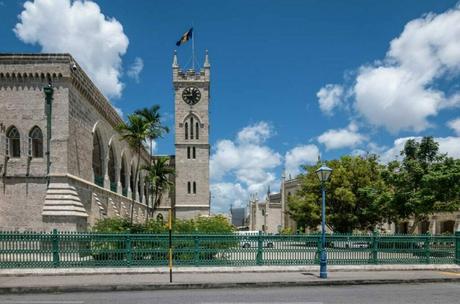
The people of Barbados have displayed incredible fortitude and adaptation in the face of hurricanes. In the wake of these disastrous disasters, they have banded together over the years to restore their villages and help one another.
Some key examples of community resilience and adaptation include:
Community Involvement
Barbadians have a strong sense of community and often band together to support those affected by hurricanes. Organizing relief operations, giving food and shelter, and aiding in the cleanup and rebuilding process are all included in this.
Traditional Knowledge
The island’s rich history and cultural heritage have contributed to the development of traditional knowledge and coping strategies for dealing with hurricanes. For example, Barbadians have long practiced the art of “chattel house” construction, which involves building homes that are easy to dismantle and relocate in the event of a storm.
Environmental Stewardship
Barbados has taken action to safeguard its ecosystems and natural resources, which are essential for reducing the effects of hurricanes. This involves maintaining coastal vegetation, which can absorb storm surges and lessen erosion, as well as putting sustainable land management techniques into practice to lower the risk of landslides.
Personal Stories: Voices from the Storm
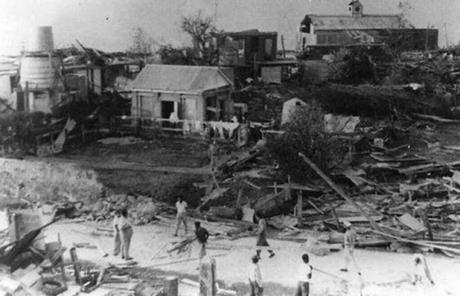
It’s crucial to hear from those who have experienced these severe storms in order to fully comprehend the effects of hurricanes on Barbados.
Here are two individual tales demonstrating the Barbadian people’s grit and resiliency in the face of hardship:
Sandra’s story
In 2010, Sandra and her family experienced the fury of Hurricane Tomas. Although their home sustained significant damage, they were grateful to be alive. Sandra and her family received assistance from friends, neighbors, and even total strangers to restore their homes and lives.
This experience taught Sandra the importance of community support and preparedness in the face of a hurricane.
Michael’s account
As a child, Michael witnessed the devastation caused by Hurricane Janet in 1955. He recalls the fear and uncertainty as his family huddled together in their small chattel house while the storm raged outside.
Despite the destruction, Michael remembers how the community came together to rebuild and support one another, a testament to the resilience and strength of the Barbadian people.
FAQ
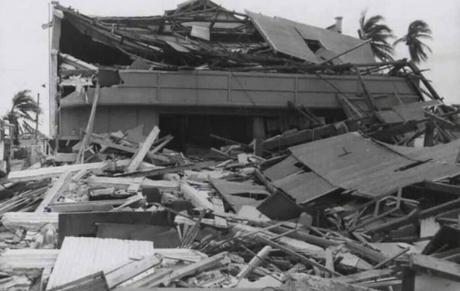
Do Hurricanes Hit Barbados?
Hurricanes do hit Barbados, although the island is less frequently affected than other Caribbean countries. Located in the southeastern Caribbean, Barbados is somewhat shielded from the main Atlantic hurricane belt, but remains vulnerable to storms that form further east.
When Was The Last Hurricane Barbados?
The last hurricane to directly impact Barbados was Hurricane Elsa, which struck the island on July 2, 2021. Elsa caused widespread power outages, damage to infrastructure, and disrupted water supply, but the island’s preparedness and response efforts helped to minimize the loss of life.
What Are The Natural Disasters In Barbados?
Natural disasters in Barbados primarily include hurricanes, tropical storms, and flooding. The island might nevertheless experience little tremors even though it is less vulnerable to earthquakes than other Caribbean countries. Barbados is also prone to landslides and droughts, especially during the rainy season.
What Was The Strongest Hurricane To Hit Barbados?
The strongest hurricane to hit Barbados was Hurricane Janet, which struck the island on September 22, 1955. Janet, a Category 3 storm with gusts of up to 115 mph (185 km/h), left thousands homeless, inflicted significant damage, and took over 30 lives.
Conclusion: Barbados Hurricanes
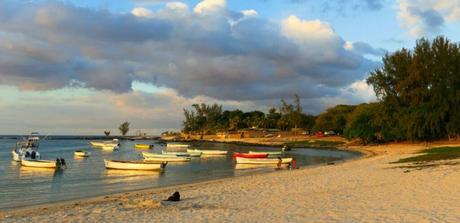
Barbados’ history has been significantly impacted by hurricanes, which have also influenced the island’s approach to disaster preparedness and resilience.
Barbados has made remarkable progress in defending its population and infrastructure from the destructive consequences of these potent hurricanes using a combination of strict building rules, early warning systems, and community-based adaptation initiatives.
While the threat of hurricanes will always be present in this beautiful island paradise, Barbadians continue to display remarkable resilience and adaptability in the face of adversity.
In order to protect the island and its residents from the effects of hurricanes, we must continue to invest in creative solutions while also acknowledging and learning from the past.

